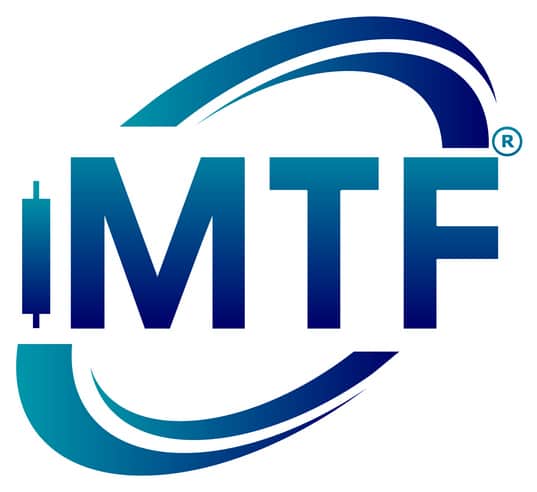The idea of ETF Contagion is a relatively new aspect of the stock market in the current era. It seems like everyone is abandoning methods of “picking” stocks and just letting their retirement funds ride in what is now known as “passive investing.” This basically amounts to parking money in Exchange Traded Funds (ETFs). With the now ubiquitous presence of high frequency algorithms dominating market volume a fragile system has been set up. The next crash could very likely be the confluence of these two factors running into a systematic failure.
Over a century ago Charles Dow laid down observations about markets that have proven true throughout time that bear his name as Dow Theory. One of the more precient examples is the 4th precept that “stock market averages must confirm each other.” What that means in practice an in a more expanded way is that all assets of certain classes tend to move in tandem with one another. In modern times this theory has manifested in a very modern way. High frequency arbitrage is nearly the only arbitrage trade left in a market where the closer one can reach the speed of light the more money there is to be made. Computers are basically programmed to ensure that Dow Theory remains constantly in effect by hedging trades between related securities.
If you ask nearly any working American what their 401k is doing they will probably be pleased with the last few years’ returns as most do not have the time or interest to pick stocks. Frankly, passive investing has just worked. One cannot argue with results. Traders would see this for what it is through; a “crowded trade.” Bank of America Merril Lynch released a report last month speculating that nearly $4 trillion is now invested in ETF securities. Since 2010 the total market share represented by Vanguard funds has doubled to 6.8% of the entire S&P 500. There are a lot of people, pensions, and funds in this trade.
The fragility of the system reared its head not so long ago on August 24th 2015 when the stock market collapse on margin defaults in China created a dearth of liquidity in American markets that Monday morning. As wild speculators in China saw their investments be wiped and forced into liquidation the ETFs they held were required to sell their component stocks. This created a cascade and the worst crash in recent memory. However, stocks rebounded and it seems that the lessons there were quickly forgotten. After all, it wasn’t as bad as 2008 so who cares to learn anything?
This past month we actually witnessed a microcosm of this system in play on July 18th, 2017. Some bad news of poisoned food hit the already battered Chipotle (CMG) causing it to crash over 7% in less than 15 minutes. Another well known restaurant, McDonalds (MCD), also crashed at this same moment. This could be partially understood in that MCD is a large stakeholder in CMG. The question though is what did a problem at a burrito place owned by a hamburger place have to do with pizza?
Illustrated are CMG, MCD, PZZA, and DPZ. At the exact moment that two other restaurants crashed so did two pizza companies which are in the same sector. The latter two quickly recovered to exactly where they were trading before and remained flat. Some switch in an algorithm that takes clues from correlations seems to have been triggered automatically to manifest the change across the related stocks.

While I cannot predict the date or time of the next crash I can definitely see with high probability the potential cause. As a contrarian it makes me uneasy to be in crowded places such as where everyone else is putting their money. This over allocation in a certain structure looks like a big pile of dry wood. The fuel of the markets at the moment, high frequency algorithms, is the gasoline. It could be a pyre waiting to be lighted by a major catalyst.

